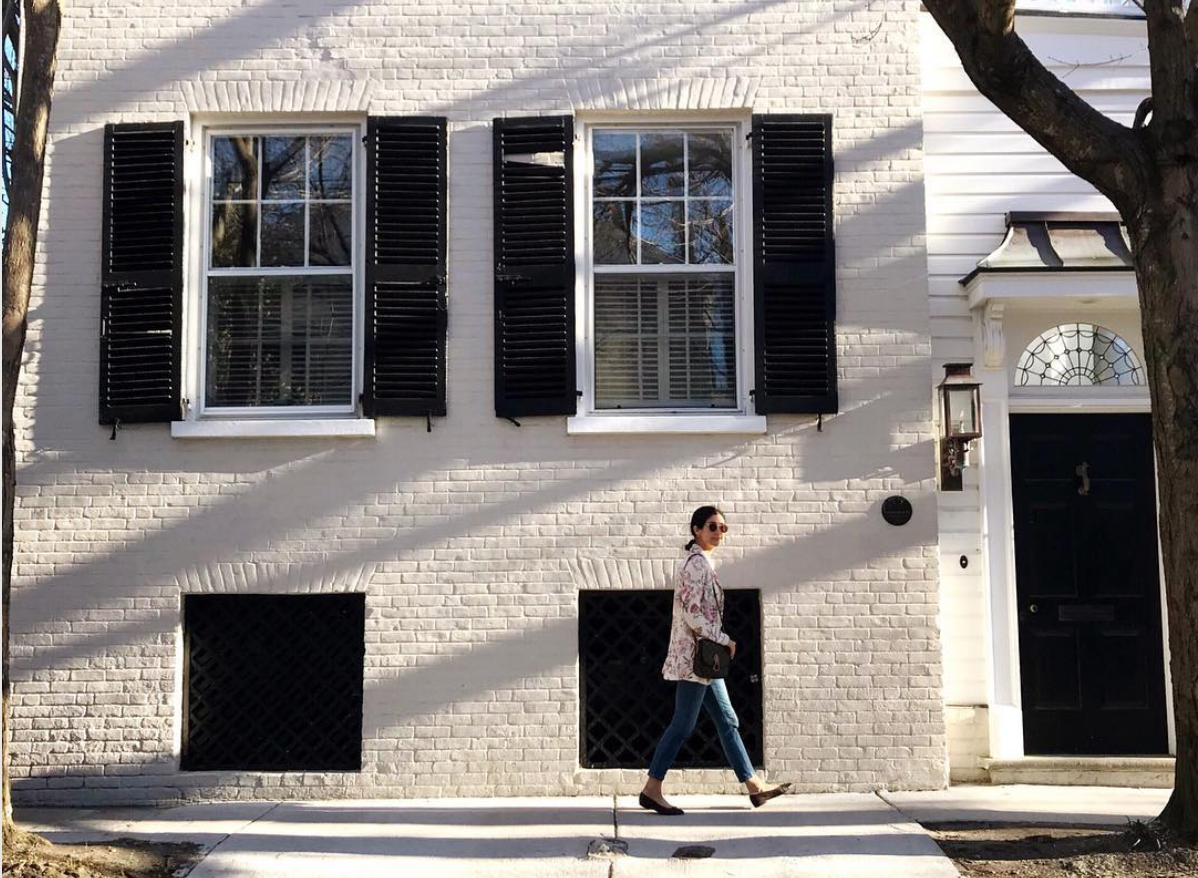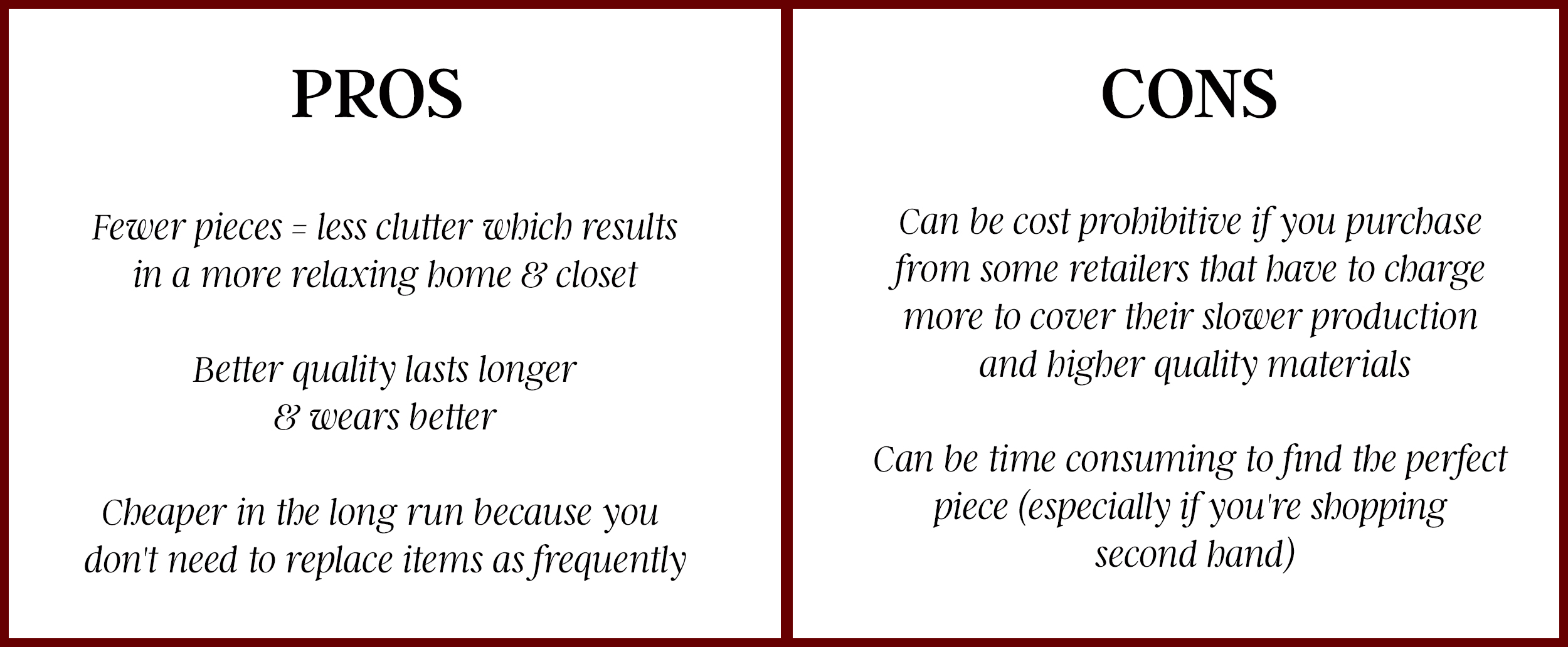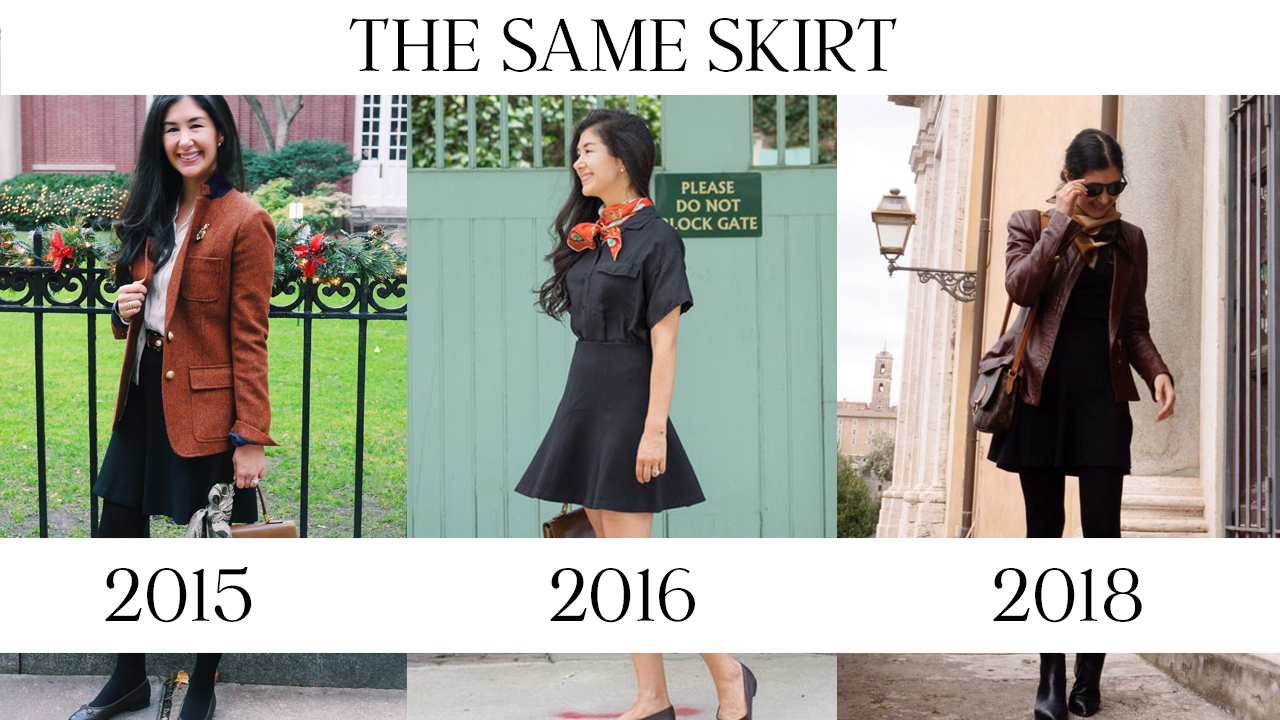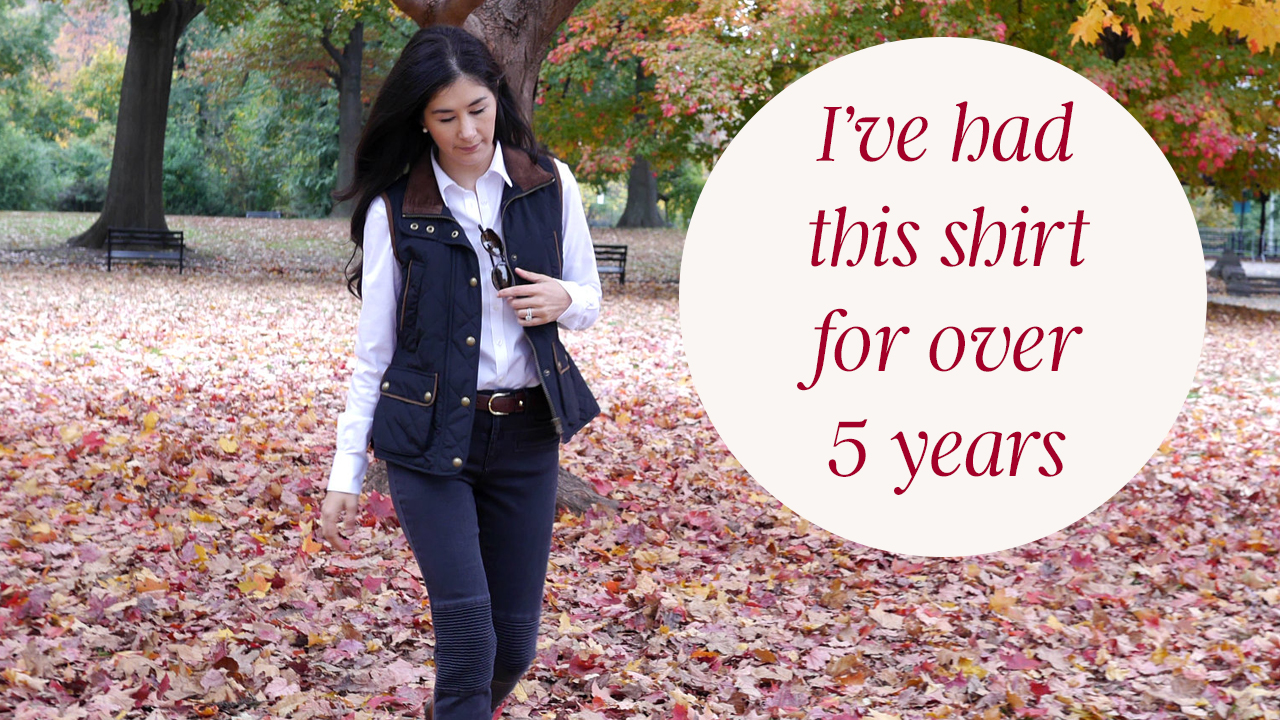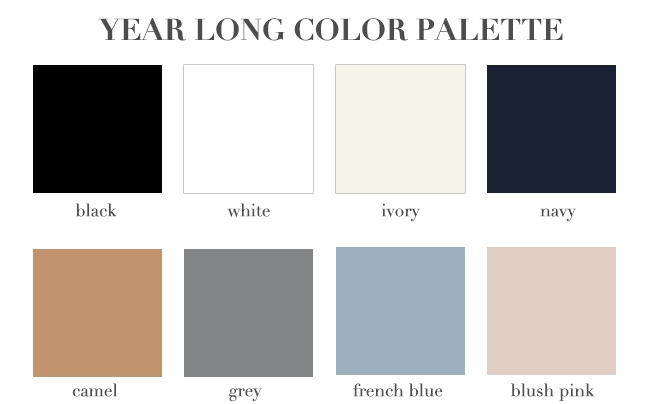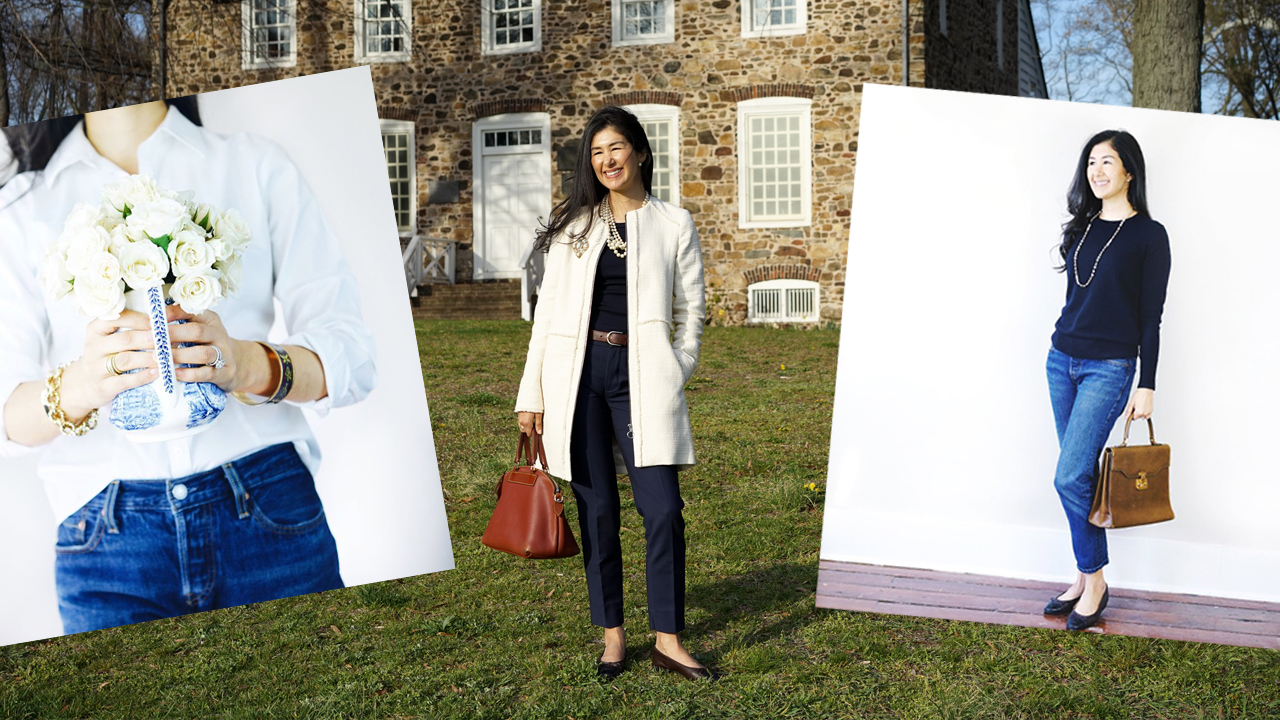If you've been here before, then you know how much I stress the importance of choosing the highest quality that you can personally afford, and then caring for those pieces so that they last as long as possible. In my experience, this approach not only helps us reduce our waste but also allows us to spend less money in the long run because we don't need to constantly replace our clothes.
Now, that said, each of us is at different stages in our lives and each of us has different budgets, and none of us should be left out of looking and feeling our best because of either. It's with this core belief that I created my blog to share what I've learned over the years of cultivating my own style on a budget, and I've set out to create content that I hope can help at least someone in their own journey.
I truly don't think you need to spend a lot to look great, and I think that true style comes from understanding who we are, and how we can use our clothes to represent that to the world. It may seem superficial on the surface level, but I believe that when you look good you feel good, and this helps us in so many ways.
Now, in a sense, all of my content can be classified as "slow fashion," but today I want to dissect the slow fashion movement a little more and really get down to what it truly means, and how we can all participate regardless of our budget. My thought for this post comes as a result of many conversations surrounding slow fashion and their almost inevitable tie to ethical and eco fashion. This progression makes sense of course. We are all deserving of fair pay and ethical treatment and an inexpensive shirt shouldn't come at the expense of others. But, often times the conversations surrounding slow fashion can feel alienating to those of us that can't afford these more ethical brands or don't have the time to scour second hand and thrift stores in order to find the perfect white shirt. Some of us need a top, for work, we need it today, and we need it to be under $30.
Instead, the mentality surrounding slow fashion tends to be "all or nothing" and I think that's a very narrow way of viewing not only the world, but also our personal lives. We're all different and we're all at varying levels of financial ability, and it's often overlooked that not all of us can afford a $400 pair of pants - even if they will last forever, are made from high quality materials and were constructed in a way that didn't interfere with basic human rights. In fact, it's rarely discussed that slow fashion when tied to ethical fashion, eco fashion etc, is often only attainable for those with immense privilege - which is tied to countless other things that we won't get into today. I know this from first hand experience and as a result, you will never find judgement here. Instead, I hope to empower everyone with accessible, achievable steps.
WHAT IS SLOW FASHION?
Slow fashion is a phrase first coined by Kate Fletcher in a 2007 article where she compared the eco/sustainable/ethical fashion industry to the slow food movement. Slow fashion generally refers to the style, design and quality of a garment and encourages us to shop more thoughtfully, and care for our pieces so that we can wear our clothes for as long as possible. Sometimes even for decades.
"The concept of slow fashion borrows heavily from the Slow Food Movement. Founded by Carlo Petrini in Italy in 1986, Slow Food links pleasure and food with awareness and responsibility. It defends biodiversity in our food supply by opposing the standardisation of taste, defends the need for consumer information and protects cultural identities tied to food. It has spawned a wealth of other slow movements. Slow Cities, for example, design with slow values but within the context of a town or city and a commitment to improve its citizens' quality of life.[2]"
With a focus on quality over quantity, slow fashion a is all about consuming and creating fashion in a conscious way. This movement often connects social and environmental awareness and responsibility with the joy of wearing beautiful, well-made clothing. In past years, retailers and designers released 2 collections every year - spring/summer and fall/winter.
Recently though, this has sped up drastically and retailers are issuing new collections every week. That's 52 new collections per year which equals a LOT of choice. Unsurprisingly, this influx of new, new, new coupled with very low prices (often at the expense of basic human rights somewhere along the retail chain), has resulted in overflowing closets of things we never wear.
As we've all grown tired of having too much of everything in our lives and become aware of the mistreatment that often comes as a result of fast fashion, this movement has grown enormously. From there, the progression from slow fashion to ethical fashion, eco fashion, capsule dressing etc makes sense of course, but I think if you're just starting in the slow fashion movement, it's easier to think about it in the context of HOW you shop, not just WHERE you shop. So, even if you can't afford to only shop from slow fashion designers and brands like Eileen Fisher, you can still have a slow fashion mentality. The key is to break the cycle of shopping constantly.
WHAT ARE THE PROS & CONS OF SLOW FASHION
Though the pros definitely out weigh the cons, the slow fashion movement has a few of each. So, below I've outlined a few of the top pros and cons so that you can better address your own obstacles. Doing so will help you find a method that works for you and your personal lifestyle. That way you can stick to the changes you make.
SLOW FASHION TIPS FOR ANY BUDGET
Now that we know what slow fashion is, why it's a wonderful way to help us adjust our closets and our shopping habits and the pros and cons of this movement, let's go over some of my top tips for implementing a slower retail pace into our every day lives - regardless of our budgets.
- Buy vintage and pre-owned clothing, shoes and accessories. I LOVE doing this and have honed my methods over the last 15+ years and will be sharing them with you in an upcoming video. In the meantime though, I love this method for finding high quality items at a fraction of their traditional retail. Over the years I've managed to find brand new cashmere sweaters for only $20, new designer shoes for under $100 and lovely pre-owned and vintage bags for under $200.
- shop your closet (or a friends closet) for new trends before you buy something. Often times we already have the perfect piece, we just need to uncover it.
- Get creative with your outfit combinations and mix and match what you have in new ways. As you know, I do this constantly and I never get tired of coming up with new outfits from the pieces I already have.
- Take good care of your things so that they last for as long as possible.
- Buy fewer, well-made garments in classic styles and with clean cuts and lines - these pieces will last longer and not go out of trend quickly
- Redesign and mend old clothes rather than disposing of them
- Get things tailored as needed over the years, replace buttons, add details etc
- Shop from smaller producers and local artisans
- Make your own clothes and accessories
- Take your time making a purchase so that it's something you'll wear and love for a long time
- Re-sell and donate things you no longer wear
- Identify and then stick to your personal style and a cohesive color palette to ensure everything can be mixed and matched for maximum versatility
- Know the shapes and silhouettes that work for you and your lifestyle
- Buy fewer prints and more solids - these will mix and match easier, not go out of style as quickly and are usually cheaper to make
- Spend more on classics basics and less on trends
- If you can't find what you need pre-owned or vintage, and you can't afford to shop with some of the more expensive slow fashion houses, try to find pieces that are well-made (clean stitching, no loose threads, even hems etc) and buy natural fibers like cotton and linen in classic styles and then take great care of those items so that they hopefully last longer than 1 season. Also, if something doesn't last past one season, don't beat yourself up too much. Instead, try to learn from what went wrong with the piece. Did the colors fade? Did it tear and can't be repaired? etc. That way you're less likely to repeat the same mistake again
- Get inspired to restyle your existing wardrobe by going on Pinterest and searching for outfits using pieces you already have
- Unsubscribe from fast fashion retail emails - this will help lessen your exposure to the constant in and out mentality that we've grown accustom to
And there you have it!
These are a few of my top line tips for implementing slow (or slower) fashion into our lives - regardless of our budgets.
You can watch my corresponding video here and like always, thanks so much for stopping by!
